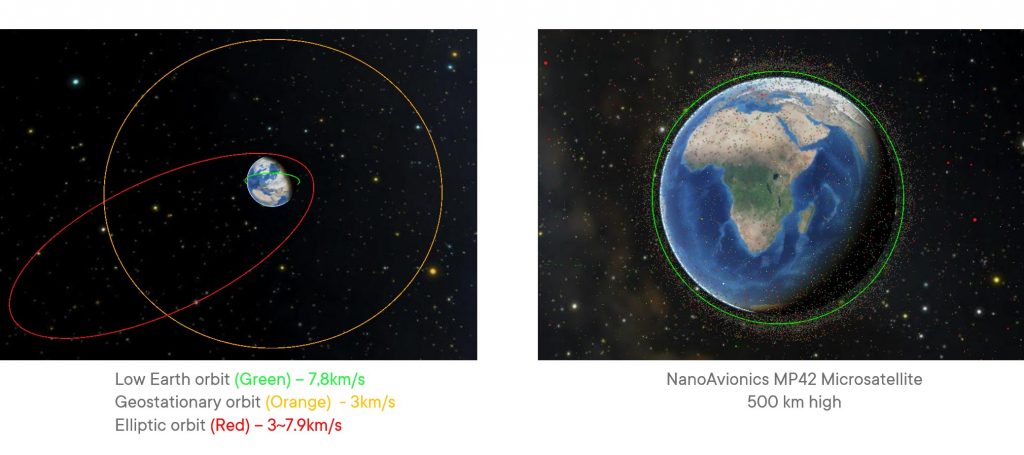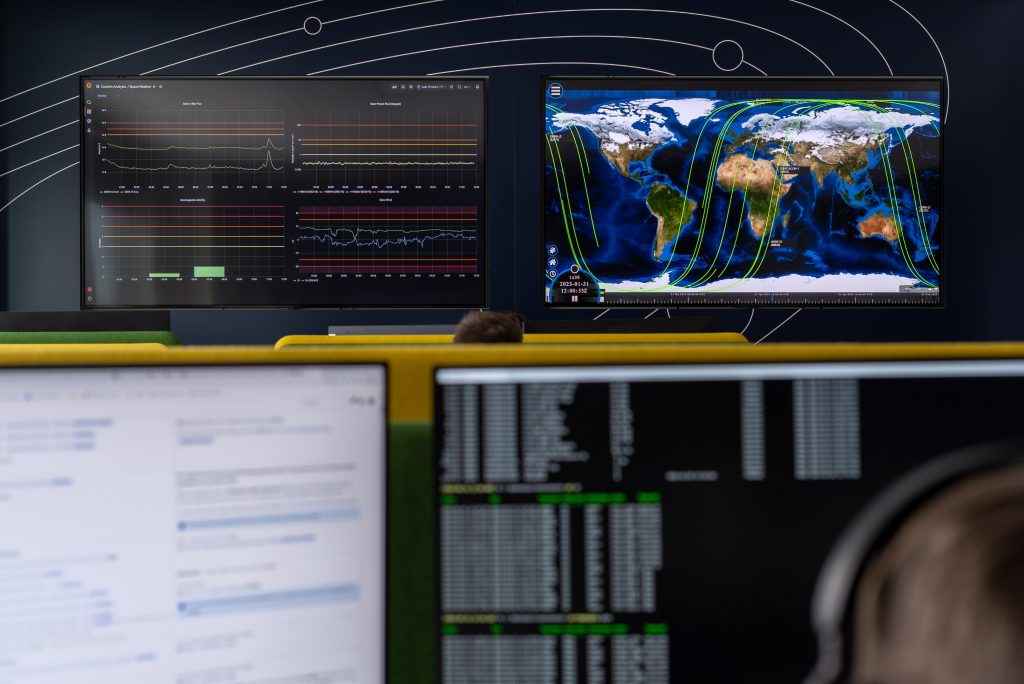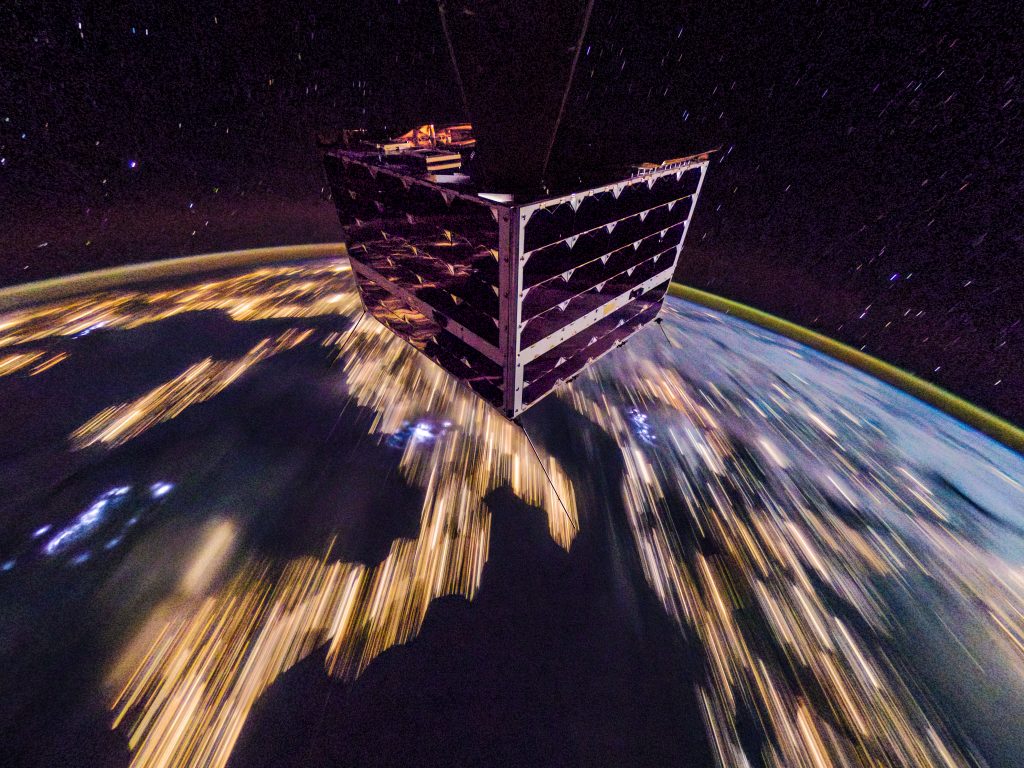Be part of the future with us!
Register now for our online product launch event on May 23rd.
Mission planning starts by clearly defining the mission’s objectives, schedules, and budgets. None of these will perfectly align, which means their tradeoffs will influence every aspect of mission planning. So how do you design a CubeSat or SmallSat mission?
Image credits: SpaceX.
Some objectives are more sensitive to orbit selection than others. An Earth observation project that needs global coverage will benefit more from a polar orbit than the equatorial orbits most communications satellites use. At the same time, a research project that only needs to be “in space” has more options.

Your choice of launch provider depends heavily on the orbit you need. Small satellite launch providers, such as SpaceX, can carry your satellite to a specific orbit — for a price.
Missions with more flexibility can take advantage of rideshare opportunities on established medium or heavy launch vehicles. Rideshares are cheaper, but the primary customer dictates where that rocket goes.
For some missions, getting dropped off along the way is fine. Others will need satellite propulsion systems to reach an ideal orbit.
The satellite’s payload will dictate the satellite’s size and choice of satellite bus configuration. For example, remote sensing or communications satellites need attitude control systems that precisely position the satellite. Alternatively, the payload’s power requirements and the satellite’s orbit will affect the configuration of solar panels and battery systems.
These various differences can prolong the satellite design and manufacturing process if the satellite bus is configured individually for every mission. This, in turn, greatly increases the cost of every mission. With the advent of standardized satellite buses that are tailored for specific applications, payloads can be more easily accommodated, or quickly adjusted to integrate with pre-configured satellite buses.

Orbiting satellites must transmit telemetry and payload data while receiving commands from the project team. Achieving this depends on more than the satellite’s radio system.
A large constellation project will build global networks of ground stations — internet-connected radio dishes that exchange data with orbital assets.
Smaller projects will use ground station networks operated by space agencies or third-party providers.
Educational CubeSat missions will even ask amateur radio operators to be their ground stations.
Similar considerations go into the way you control a mission. Large companies build control centers where engineers will monitor and manage their satellites. Educational missions will gather students and their laptops in a classroom or virtually.
An increasingly popular third option is to outsource mission control to a company that manages ground stations and satellite operations. Letting experts manage the satellite allows a smaller mission team to focus on payload operations.

Your objectives will determine the types of regulations applicable to your mission. For example, orbital debris is such a growing concern that having an end-of-mission plan is the only way to receive a radio frequency license. Another consideration is how various nations’ export control rules can determine the suppliers and service providers your mission may use.
Since the first CubeSat launched in 2003, the space industry has developed SmallSat mission planning best practices that improve the odds of mission success.
Still, the SmallSat revolution has made space more accessible to organizations that lack the resources and experience of established companies. SmallSat manufacturers such NanoAvionics bridge that gap by offering mission planning services. Innovative space projects can focus on their mission payloads, while drawing on the expertise of their manufacturing partners to make mission operations a success.
